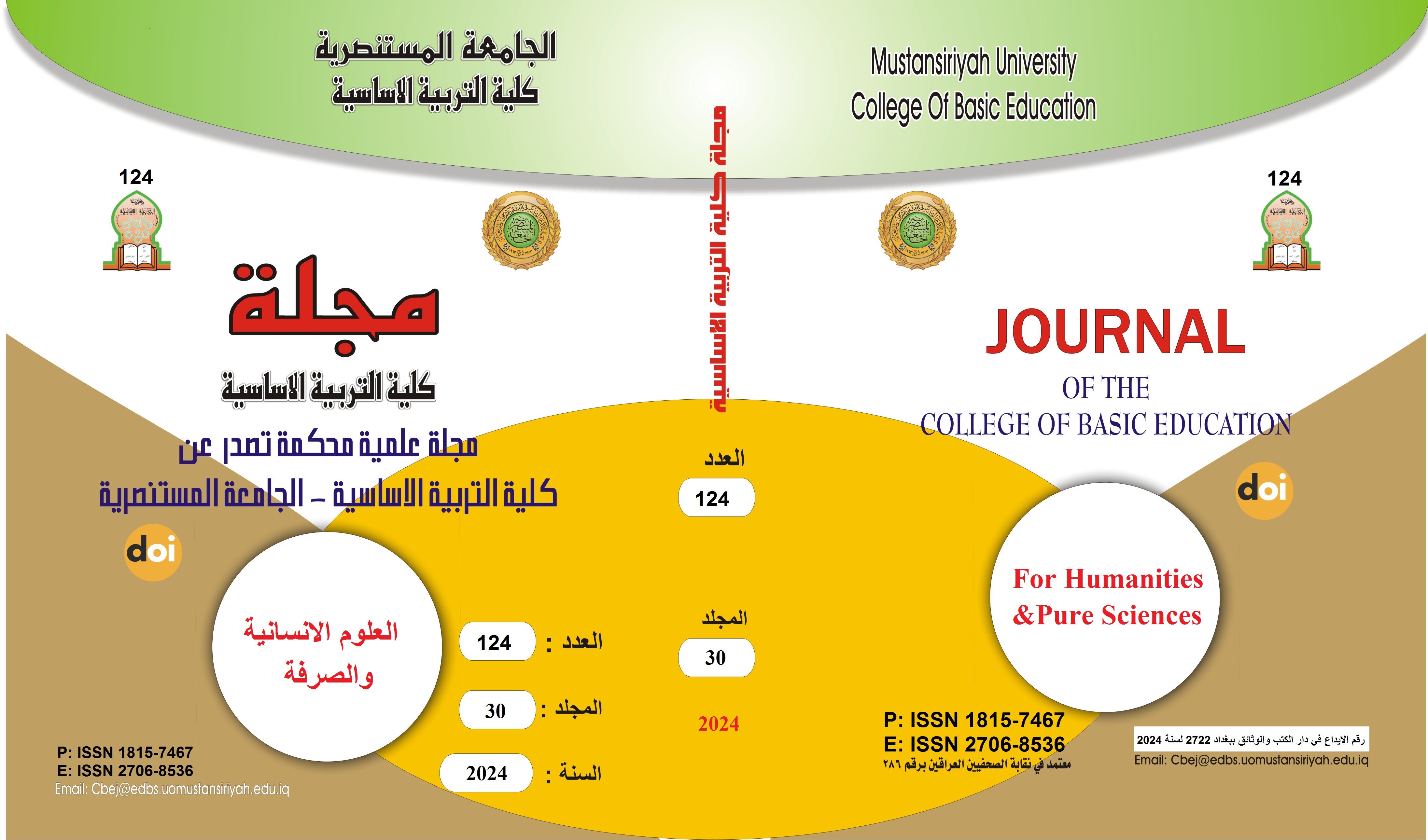Syriac schools and the Influences of Christian Thought
Main Article Content
Abstract
The Syriacc language formed the bond that allowed both Near and Middle East to have the Greek science achievements, as this science was able to reach a new creative foundational stage on Arab and Persian ground.
During the Seleucids reign, Antioch became a concourse region since the ancient times specially after Greek elements were introduced into the Syriac cultural community, which made Antioch a competitor to Alexandria, due to the progress it had achieved in the educational level.Schools were established effectively among the Syriacs, since their entry into Christianity. They spread widely throughout their community, brought them to the forefront of the Eastern peoples in culture and eloquence, in addition to the scholars, these schools produced scientists, and authors who well-known in east and west.
The Syriac culture's spread was linked to the history of Mesopotamia cities, as Raha and Nisibis cities had a pioneer status whether as economic sites and craft establishments, or as commercial and educational centers with high levels of precision and education.The importance of the research lies in focusing on the important role of the emergence of Syriac schools, dealing with the most important schools, and the impact of the Christian thought of those schools to answer the questions: What is the important role of Syriac schools? What benefit did education in Syriac schools provide? Did the monks have an important role in the emergence of the Syriac schools?
According to that, the research was divided into three divisions: The first was devoted to the emergence of Syriac schools, their history, and education in them, while the second dealt with: Raha and its school, and the influences of Christian thought. As for the third, it was about the most prominent professors of Raha school and its sciences.In addition, the research relied on a set of Arabic and translated sources, which can be found in the list of sources, the first of them is a book by (Nina Bigo Levskia: Syriac Culture in the Middle Ages, translated by: Behind the Locusts).
Article Details

This work is licensed under a Creative Commons Attribution-ShareAlike 4.0 International License.
